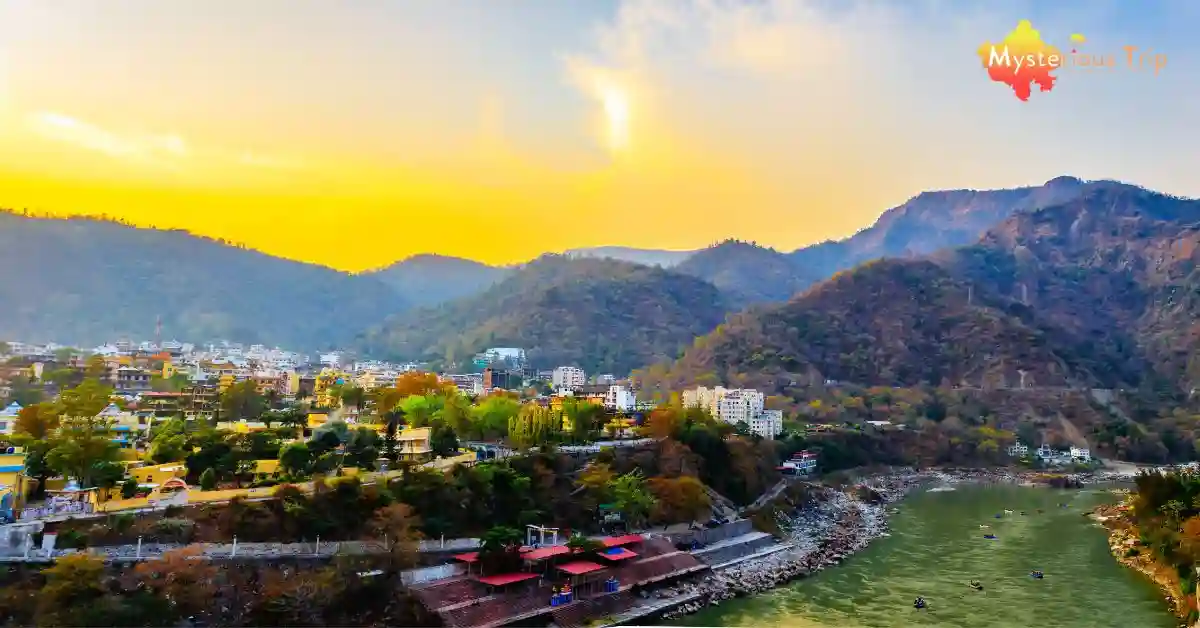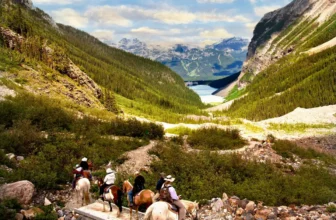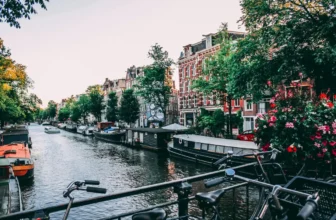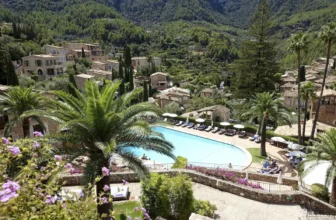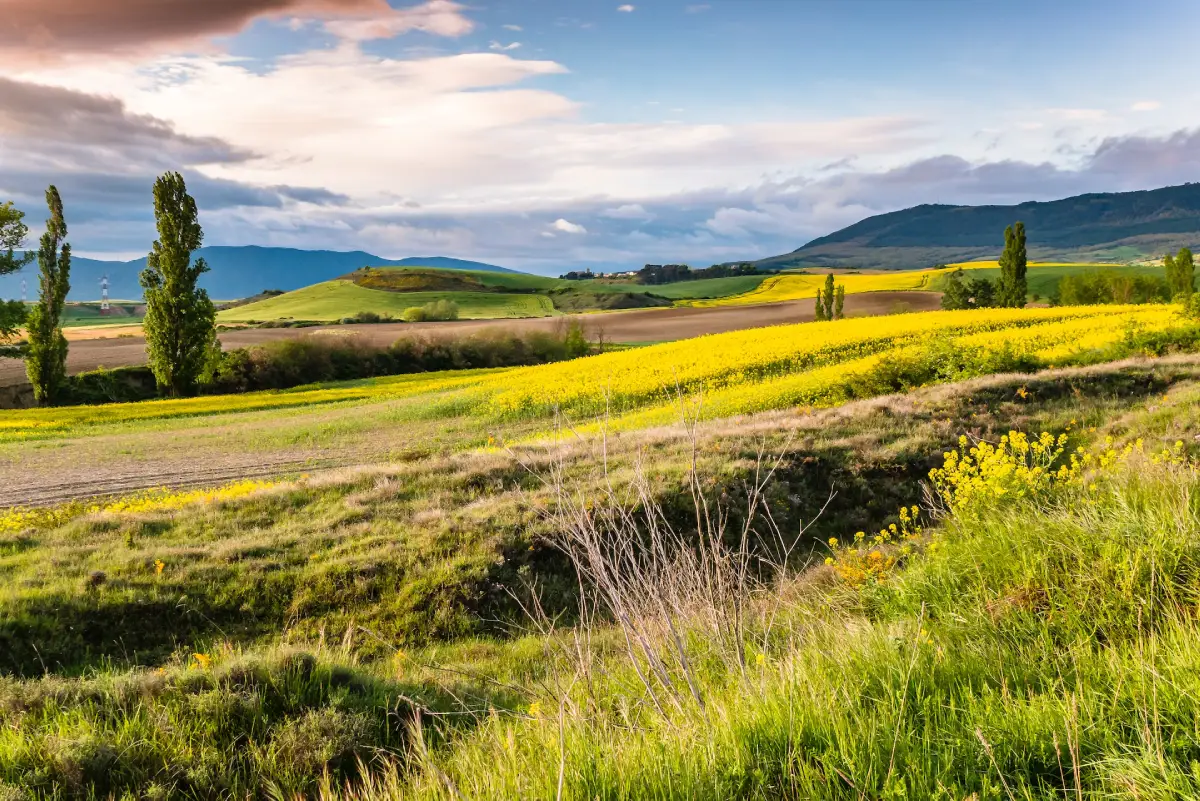
The Camino de Santiago, also known as the Way of St. James, is a venerable pilgrimage route that has called out to adventurers, trekkers, and individuals on a quest for spiritual enlightenment for many centuries.
Within the pages of this compact guide, we will venture into the fundamental elements of the Camino, delving into its historical significance and offering valuable insights and advice to enhance your pilgrimage experience.
Historical Significance
The history of the Camino de Santiago dates back to the 9th century when the remains of St. James were discovered in the region of Galicia.
This discovery transformed the Camino into one of the most significant Christian pilgrimages of the medieval period. Its popularity continued to grow, and the Camino became a symbol of unity among diverse cultures and faiths.
The Different Camino Routes
The Camino Francés
The Camino Francés, also known as the French Way, is the most popular and iconic route. It stretches approximately 780 kilometers from Saint-Jean-Pied-de-Port in France to Santiago de Compostela. This route offers a diverse landscape, picturesque villages, and a rich cultural experience.
The Camino Portugués
Starting in Lisbon or Porto, the Camino Portugués leads pilgrims through the stunning landscapes of Portugal and Spain. This route is known for its coastal beauty, historic towns, and warm hospitality.
The Camino del Norte
For those seeking a more challenging and scenic route, the Camino del Norte hugs the northern coast of Spain. It offers breathtaking views of the Bay of Biscay and takes pilgrims through lush green landscapes.
The Camino Inglés
The Camino Inglés, or the English Way, was historically used by pilgrims arriving by boat from England and Northern Europe. It starts in either A Coruña or Ferrol and is a shorter option for those with limited time.
Preparing for Your Journey
Before embarking on your Camino adventure, there are essential preparations to consider. You’ll need to choose the right route, pack wisely, and ensure your physical readiness. Let’s explore these aspects in detail.
Choosing the Right Camino Route
Selecting the Camino route that suits your preferences and fitness level is crucial. Each route offers a unique experience, so take your time to research and decide which one resonates with you.
Packing Essentials
Packing light is a golden rule of the Camino. You’ll need comfortable walking shoes, weather-appropriate clothing, a backpack, a sleeping bag, and a few personal items. Remember that you’ll be carrying your belongings throughout your journey.
Physical Training and Fitness
Walking long distances daily requires physical endurance. Prepare your body by walking regularly, gradually increasing the distance, and strengthening your leg muscles. Conditioning your body will make your pilgrimage more enjoyable.
Accommodation Options
Accommodation options on the Camino vary from traditional pilgrim hostels to comfortable hotels. Pilgrim hostels, known as albergues, are budget-friendly and provide a unique social experience
Pilgrim Hostels (Albergues)
Budget-friendly dormitories offer a unique social experience.
Hotels and Guesthouses
For more comfort and privacy, opt for these accommodations.
Camping Options
Camping is possible along certain sections; ensure you follow regulations.
Cuisine on the Camino
One of the delights of the Camino is the opportunity to savor traditional Spanish cuisine. You’ll encounter local dishes and regional specialties along the way.
Your Daily Routine
A typical day on the Camino involves waking up early, starting your walk, and reaching your destination by late afternoon. Along the way, you’ll encounter stunning vistas, quaint villages, and fellow pilgrims.
Camino Etiquette
Respect fellow pilgrims and the environment by following the Camino’s code of conduct.
Spirituality and Reflection
The Camino is a spiritual journey, offering introspection and connection.
The Spiritual Experience
Disconnect from the everyday and reconnect with your inner self.
Pilgrims and Their Stories
Meet diverse pilgrims, each with unique reasons for their journey.
Camino Traditions
Discover the significance of the scallop shell and the pilgrim’s passport.
The Scallop Shell
A symbol of the Camino, representing various routes converging in Santiago.
The Pilgrim’s Passport
Essential for accommodation and earning the Compostela certificate.
Reaching Santiago de Compostela
Arriving at the Cathedral of Santiago de Compostela is the culmination of your journey.
Celebrating Your Arrival
Attend the Pilgrim’s Mass and embrace the statue of St. James.
Visiting the Cathedral
Explore the awe-inspiring cathedral, a masterpiece of architecture.
Tu Buen Camino: Your Companion
As you plan your Camino de Santiago adventure, consider the benefits of partnering with Tu Buen Camino, a trusted name in Camino experiences.
Why Choose Tu Buen Camino?
Tu Buen Camino offers organized packages that include hostel accommodation, some meals, and transportation. Here’s why you should choose them for your pilgrimage:
- Expert Guidance: Tu Buen Camino provides expert guidance, ensuring a smooth and enjoyable journey.
- Stress-Free Planning: Let them take care of the logistics while you focus on your pilgrimage.
- Affordable Packages: Enjoy affordable packages that cater to your budget.
Booking Your Camino Experience
To book your Camino de Santiago experience consider Tu Buen Camino organized packages that include hostal accommodations, some meals, transportation, and your Camino de Santiago experience.


